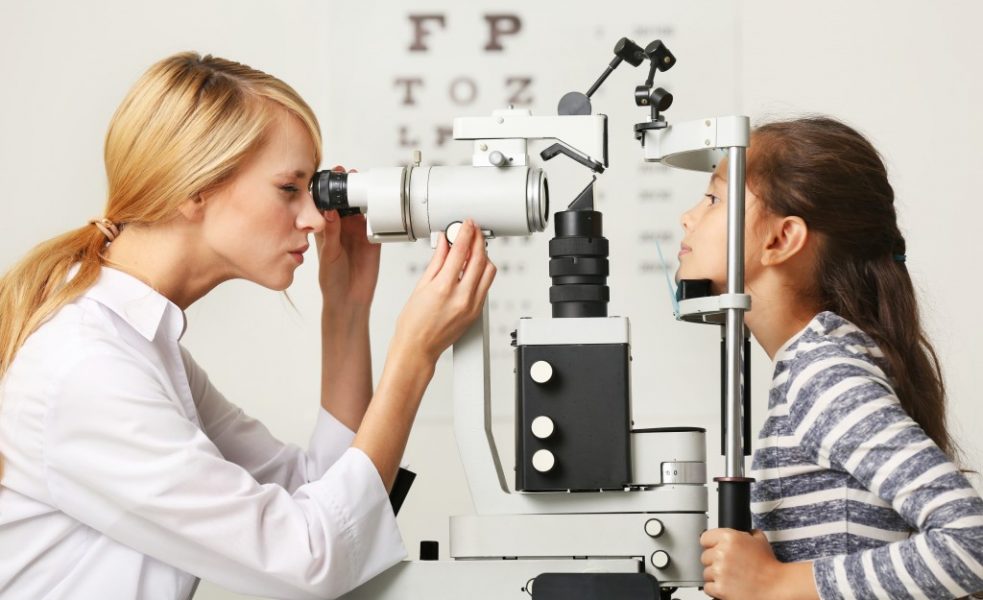You want the best for your children, and this means getting them off to a great start in every possible way, including their eye health. However, when should you get their eyes tested? Babies and smaller children can’t exactly read an eye chart yet. However, it’s vital that you don’t delay eye tests since some early eye conditions can affect your children’s eyes for life. Detecting an eye issue as early as possible through can keep it from becoming more serious and difficult to treat.
When Should I Have My Child’s Eyes Tested?
Considering that your child doesn’t show problems with her eyesight, the National Health Service (NHS) recommends that your child undergo a comprehensive eye test by age three and every two years thereafter. However, your child might need more regular eye tests if:
- You suspect that she’s having problems with her eyesight
- She has a parent or sibling with an eye condition such as amblyopia (lazy eye) or strabismus (crossed eyes)
- Your paediatrician detects a problem with her eyesight
The Dangers of Delaying Eye Testing

A survey of 1,246 optometrists conducted by the Association of Optometrists (AOP) found that 74% examined children last year who had eye conditions could have been easily treated if they had been detected early on and that 89% of optometrists diagnosed cases of lazy eye or amblyopia that could have been treated more effectively if they had been detected earlier. This means that even if you don’t see any evident symptoms, your child might not realise that she has an issue with her eyesight. Without regular eye exams, there’s a high risk that if she has an eye condition, it can go undetected for years. It is immensely vital to identify eye problems as soon as possible since they can affect your child’s overall health, education, and development. Likewise, it’s usually easier to treat eye problems if diagnosed while your child’s eyesight is still developing, which is typically between the ages of seven and eight.
Early and Routine Eye Tests Prevent Serious Eye Problems
Abnormalities or conditions that are undiagnosed might result in vision loss. While severe vision problems in early childhood are very rare, early eye tests can help ensure that problems are detected and addressed promptly. Fortunately, early detection can help with reversing certain eye issues such as lazy eye. Children with lazy eye have one eye that’s weaker than their other eye. It is among the most common eye issues in children that are easily treatable provided that it’s detected early on. Treatment usually includes wearing glasses, an eye patch, and applying eye drops.
Children can undergo eye testing at any age, especially if they’re at a high risk of developing eye conditions due to a family history or early childhood vision issues such as lazy eye or crossed eyes. They don’t necessarily have to be able to speak or read. Put simply, getting regular eye tests can help you safeguard your child’s eyesight and ensure healthy vision.



